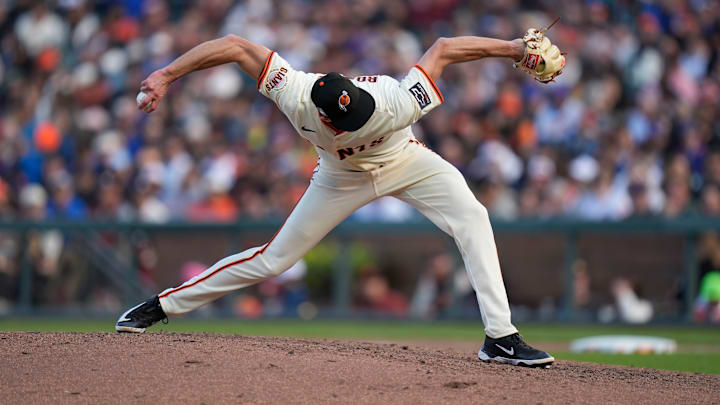According to a report from The Athletic's Ken Rosenthal, the New York Mets have acquired right-handed reliever Tyler Rogers from the San Francisco Giants. This move marks the Mets' second bullpen addition this trade deadline season, following the acquisition of lefty Gregory Soto. While Rogers brings a proven track record to Queens, the price paid by the Mets has raised eyebrows across the league.
Mets acquiring RHP Tyler Rogers from Giants, source @TheAthletic.
— Ken Rosenthal (@Ken_Rosenthal) July 30, 2025
The reported return to the Giants includes two of the Mets' top prospects, Blade Tidwell and Drew Gilbert, along with reliever Jose Butto. Giving up two prospects from the organization's top 15, especially for a non-closer reliever, appears to be a significant overpay, leading many to question the Mets' strategy as the trade deadline approaches.
The high price for a high-leverage situation bullpen arm
Tyler Rogers, known for his unique submarine delivery, has been a model of consistency and effectiveness in MLB. This season, he's in the midst of a career year, boasting an impressive 1.80 ERA over an MLB-leading 53 appearances. His ability to induce weak contact and generate ground balls is a key asset, with a groundball percentage (GB%) sitting at an excellent 64.4%. He offers the Mets a reliable and experienced arm for critical late-game situations.
However, the cost associated with bringing Rogers to New York is substantial. Blade Tidwell, once a highly-regarded pitching prospect, saw action in MLB this season but struggled to find consistent effectiveness, posting a 9.00 ERA through 15 major league innings before being optioned back to Triple-A Syracuse. Drew Gilbert, acquired by the Mets in the blockbuster trade that sent Justin Verlander to the Houston Astros, has yet to consistently produce at the plate in the minors. Despite his struggles, Gilbert maintains a certain market value due to his premium center field position and past prospect pedigree.
The inclusion of Jose Butto, a serviceable big-league reliever, further adds to the perceived high cost. While relievers often command a premium at the trade deadline due to their immediate impact on contending teams, paying such an exorbitant sum for a non-elite reliever, even one as reliable as Rogers, seems excessive. The volatility inherent in relief pitching also makes such a significant investment a risky proposition.
This trade underscores the Mets' clear intent to bolster their bullpen for a playoff push. While Tyler Rogers undoubtedly strengthens their relief corps, the long-term implications of parting with two high-ranking prospects for a relief arm will be a subject of debate and scrutiny for the foreseeable future.
